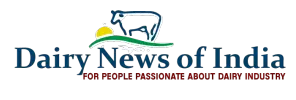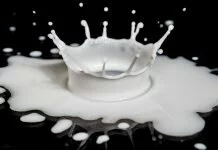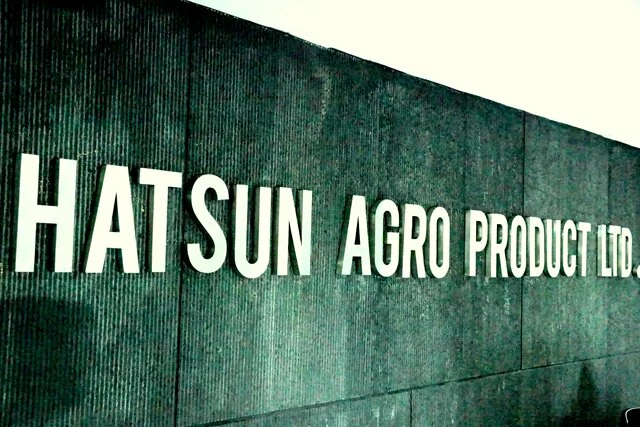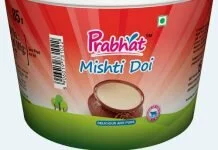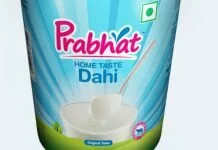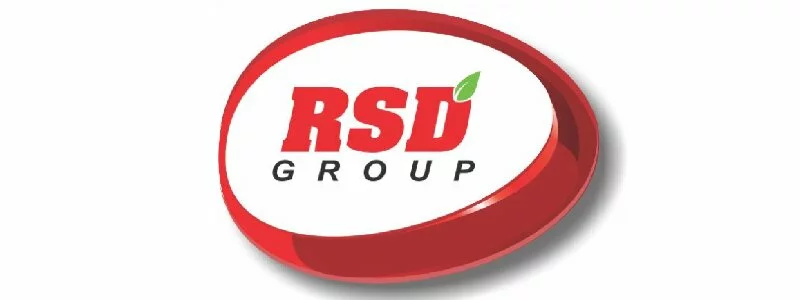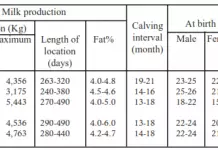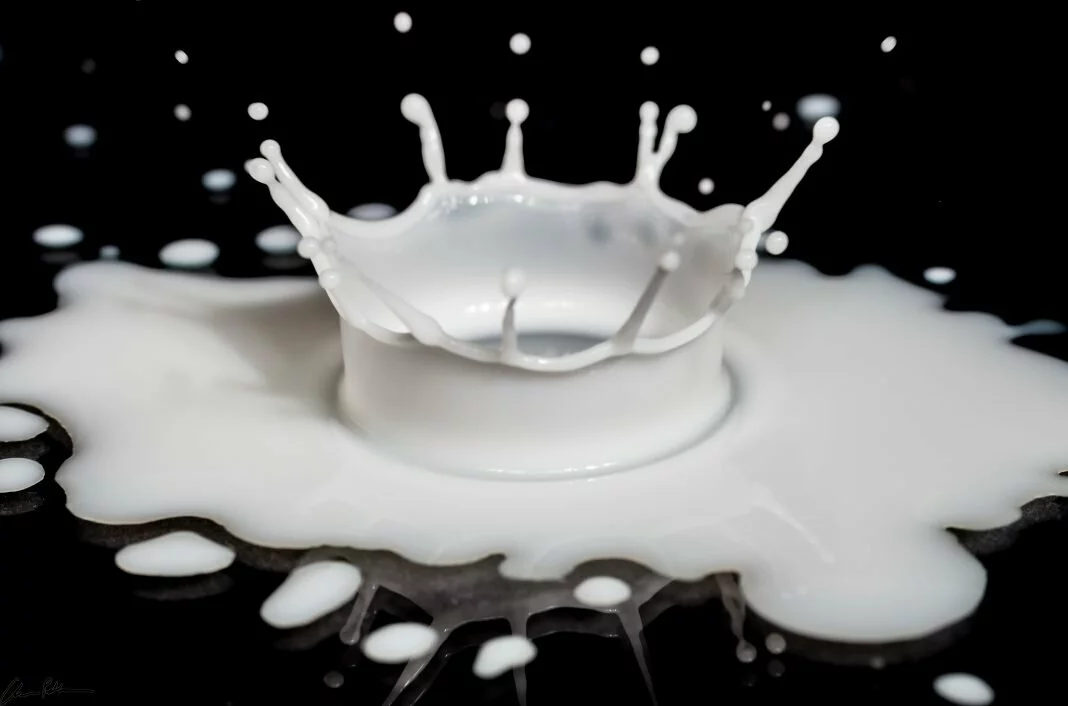India’s High Beef Exports Are Linked To its Milk Consumption
Milk-drinkers beware: India is the world’s largest producer of milk, which also explains why it’s the world’s largest beef exporter and has a substantial veal-calf industry. India has reportedly exported 2.4 million tonnes of beef and veal so far during the 2015 financial year.
There are no “beef cattle” feedlots in India, and as The Hindu explains, cattle in India are not bred and raised specifically for beef. They are supplied to the beef industry by the dairy industry and by farmers who choose to sell their cattle to a butcher after a lifetime of work or as soon as they are deemed unsuitable for labour, such as when they break a leg, a common occurrence when cattle are forced to pull heavy loads.
An article in the The Hindu explains:
Beef and milk are two sides of the same coin, especially in India where cattle and buffaloes are farmed primarily for milk. There are no “beef” animals in India. Yet, bovine meat constitutes 62 per cent of India’s total meat production. Beef, in India, is sourced from the dairy industry, which is economically sustainable only because it is supported by the meat and meat by-products industries (such as leather). Therefore, if we care about cattle, we should first look into the lives of milch animals.
People for the Ethical Treatment of Animals (PETA) India inspected various dairy farms in the country and compiled a report, noting the following:
[M]ale calves have their feet tied so they cannot try to go over to their mothers for milk and their mouths tied shut with ropes so they cannot cry out when they are hungry (this is done so the residents of buildings near the tablas do not come to investigate why they hear the babies’ cries). These babies are then left to die a slow, agonizing death in a corner. Once or twice a week, a haath gaadi wala comes by and picks up the dead and sometimes dying bodies of the baby calves and takes them to Deonar [Mumbai’s municipal slaughterhouse], where they are skinned for calf leather. Other male calves are abandoned on the roads to fend for themselves. Very often, live calves are sold to slaughterhouses for their meat.
Mother cows often bellow and call out frantically for their calves for several days after they are separated.
The link between the dairy and beef industries is also admitted by industry experts. CNN Money quotes a Rabobank analyst as explaining that the US$4.8 billion Indian annual export trade of beef “has almost developed by accident – the animals are needed to keep India’s huge domestic dairy industry going”.
Slaughter is slaughter, and whether it’s the slaughter of cows or buffaloes, it should be of concern. But those who hold cows in special regard should know that although the beef that is exported from India is officially from buffaloes, according to an article in the Financial Times, the situation is more complicated than that:
India’s substantial illicit meat trade adds to the controversies, analysts say, given well-founded concerns among beef critics that the country exports vastly more cow meat than its official figures let on. In 2010, for instance, India claimed to export 653,000 tonnes of buffalo. Curiously, global imports of the same meat came to just 169,000 tonnes. Much of the gap is assumed to be made up of contraband cow, cleverly disguised until it arrives on foreign shores.
And according to a Report of the National Commission on Cattle as found on the Indian Department of Animal Husbandry, Dairying and Fisheries website, there are some 4,000 authorized slaughterhouses in India and more than 100,000 illegal ones.
Animals used in India’s dairy industry suffer in various ways. Mother cows and buffaloes on dairy factory farms spend most of their days confined to tiny stalls. Many farmers inject them with the drug Oxycontin, believing that it will lead to higher rates of milk production, but it gives them severe stomach cramps. Female calves are subjected to the same confinement, artificial insemination and abuse as their mothers. When milk production wanes, these cows are typically abandoned or sold for slaughter.
Peta’s investigation of dairy factory farms across India also documented that animals are crudely and painfully artificially inseminated, denied veterinary care and forced to stand and lie in piles of their own farces.
And doctors now tell us that because we are not baby cows or buffaloes, milk consumption raises health concerns for humans, including an increased risk of developing cardiovascular disease, cancer, diabetes or other serious problems.
Source : Huffingtonpost
Comments
comments
